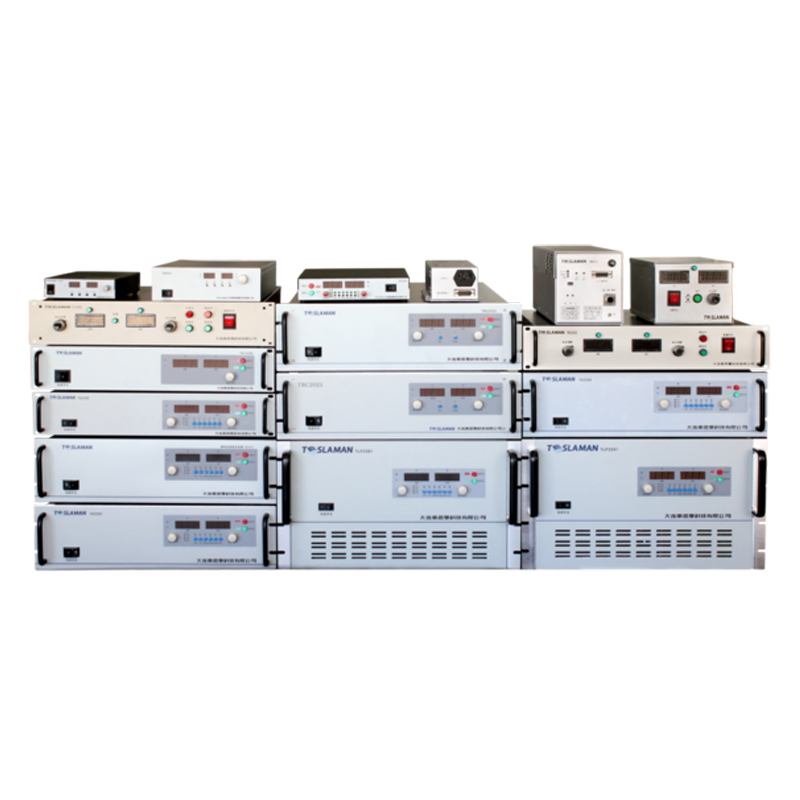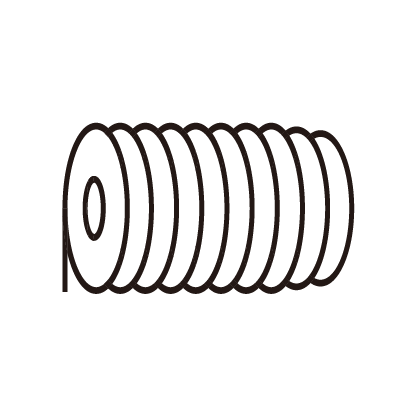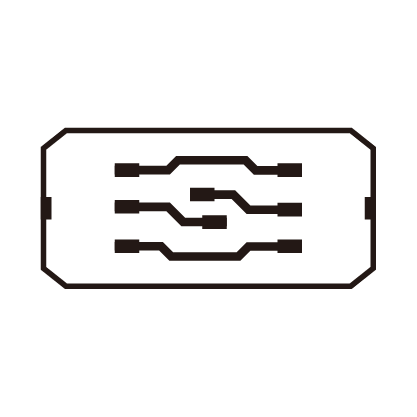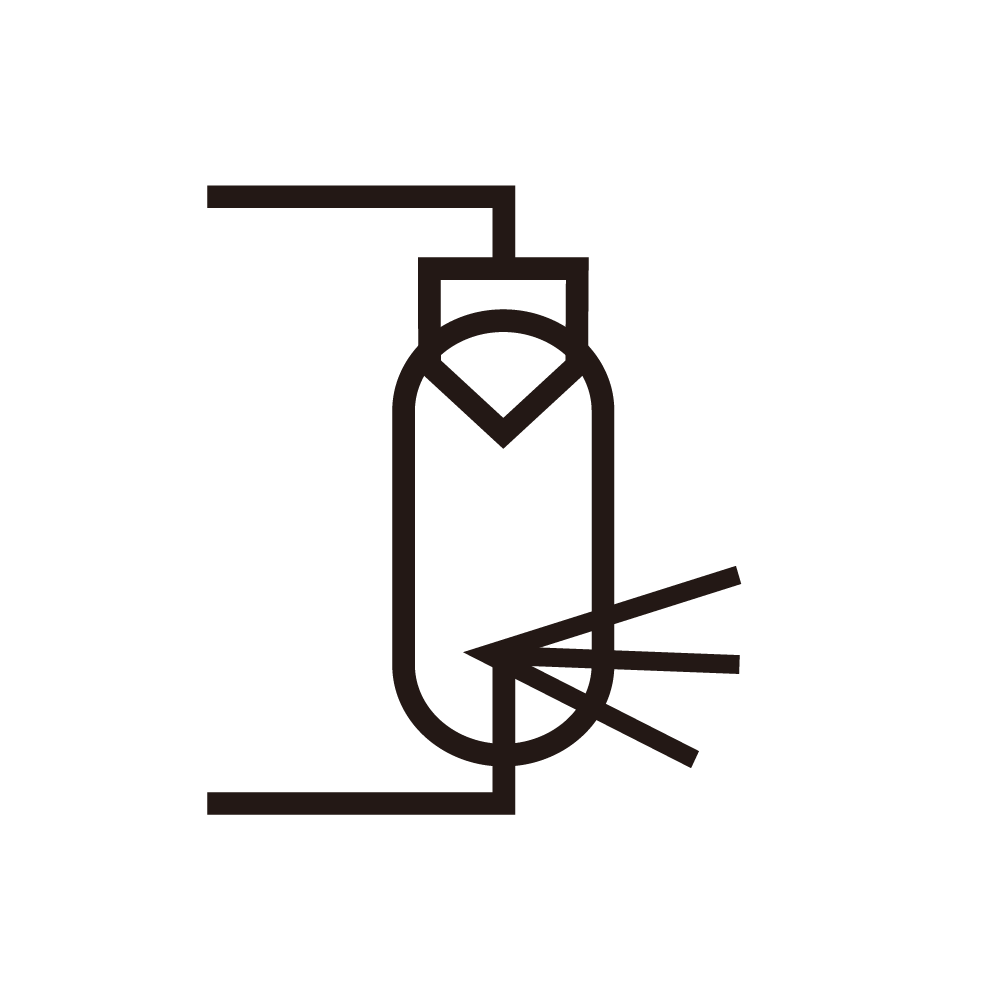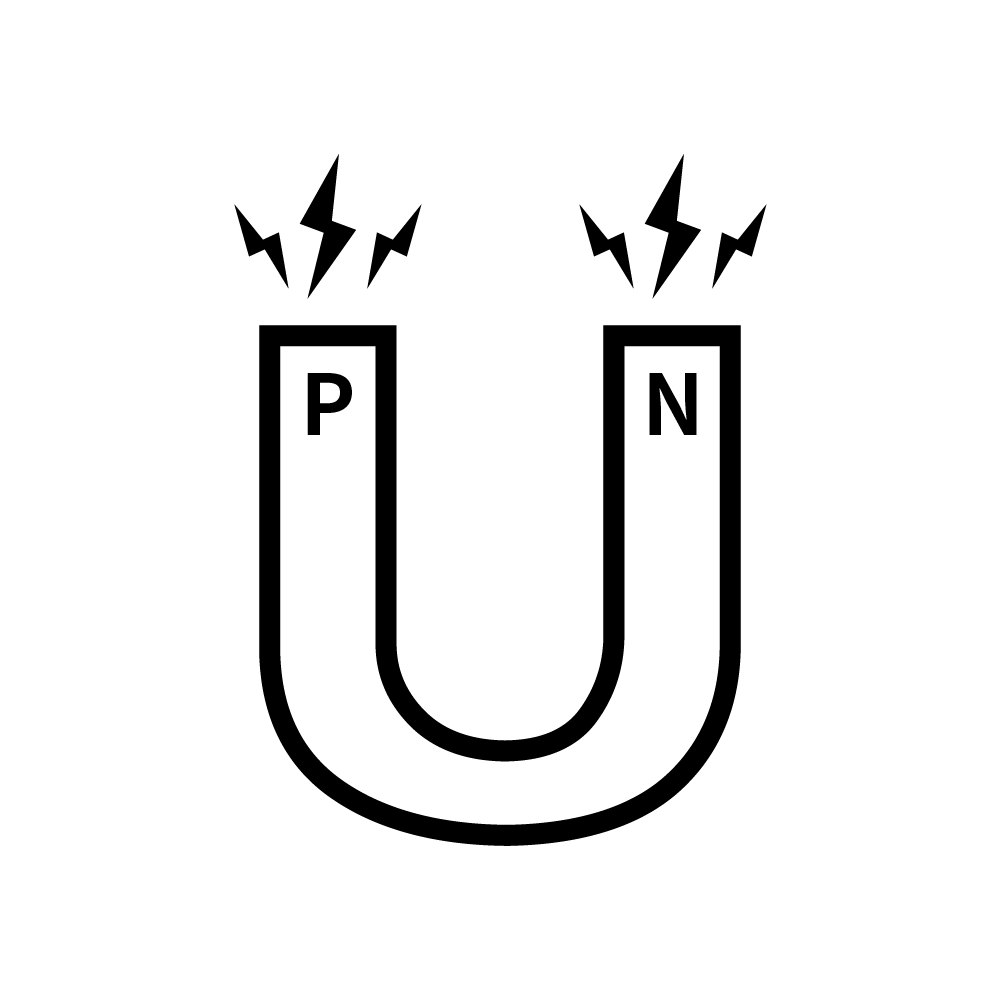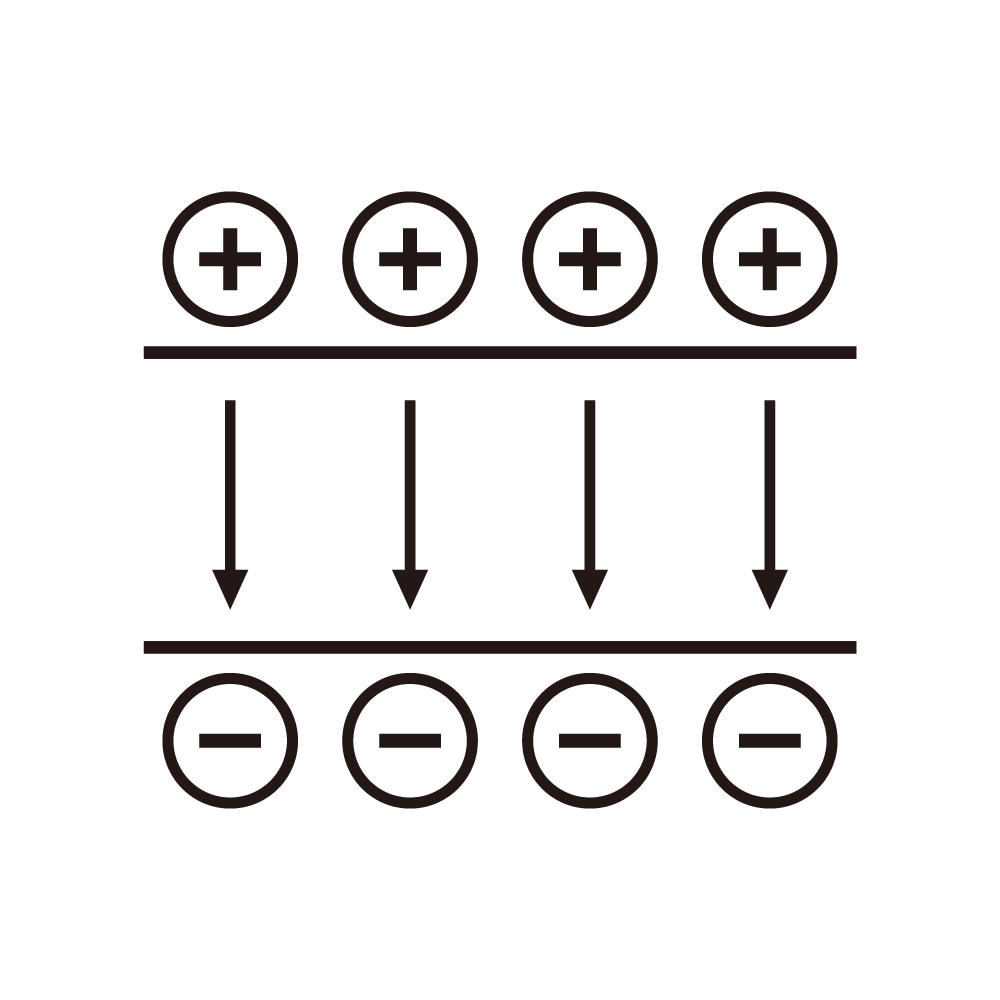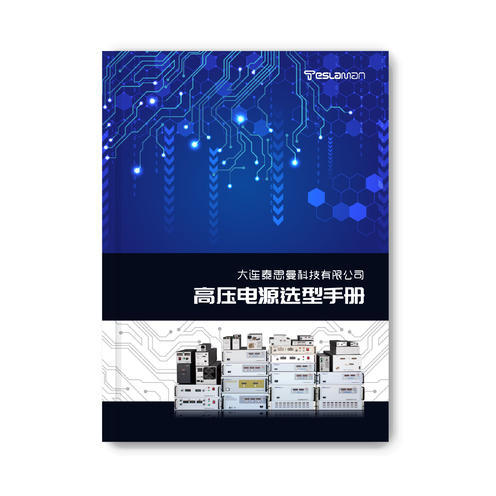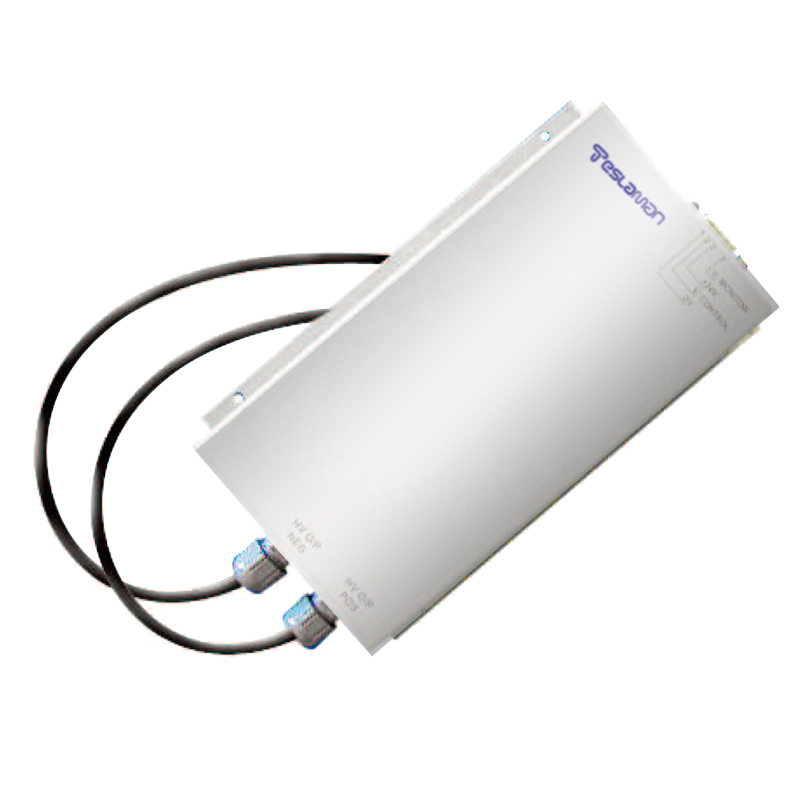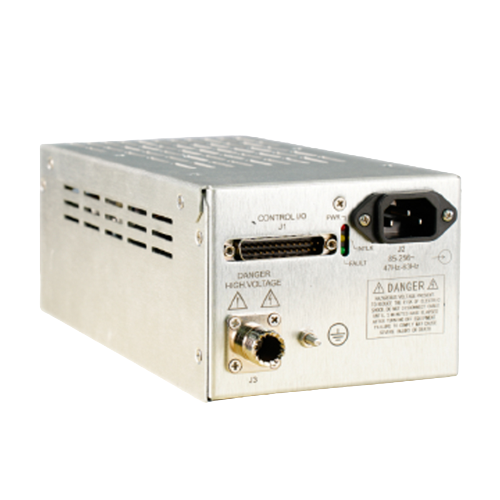Arc Suppression Techniques in High Voltage Power Supplies for Electrostatic Spraying
Electrostatic spraying technology utilizes a high-voltage electric field to charge coating particles, allowing them to deposit uniformly on the workpiece surface. The high-voltage power supply is central to this process, as it provides the potential difference required for efficient particle charging. However, under conditions of high field strength, humidity fluctuation, or powder accumulation, unwanted arcing can occur, posing safety risks and reducing coating quality. Effective arc suppression is therefore an essential aspect of electrostatic spray power supply design.
An arc typically initiates when the electric field between the high-voltage electrode and grounded object exceeds the breakdown threshold of the surrounding air or coating medium. Once triggered, the discharge propagates rapidly, releasing stored energy in microseconds. To counter this, modern power supplies integrate multi-layer protection mechanisms, including fast arc detection, active current limiting, and intelligent recovery.
Arc detection relies on monitoring the rate of change of output current. A sudden increase in current—often exceeding tens of amperes per microsecond—indicates an incipient discharge. High-speed analog comparators and current sensors detect this transient and relay a signal through optical isolation to the controller. The system responds within a few microseconds, faster than the full development of the arc.
To limit the discharge energy, energy confinement circuits are incorporated at the output stage. These circuits include series resistors and clamping networks that absorb and dissipate stored energy from output capacitances. Upon detection of an arc, the control logic immediately disables the high-voltage driver and diverts residual energy into the clamping circuit, keeping total arc energy within safe limits to prevent equipment damage.
A more sophisticated technique involves pulse interruption and auto-recovery control. Instead of completely shutting down the system, the voltage is momentarily reduced to a safe level and then gradually restored once the current stabilizes. This approach minimizes downtime and maintains coating continuity. Using this adaptive recovery strategy, the spray process can resume automatically without manual intervention, significantly improving productivity.
Predictive voltage limiting algorithms further enhance reliability. These algorithms analyze trends in current fluctuation and gradually slow the voltage ramp-up rate when an impending arc condition is detected. With high-speed DSP-based control and microsecond sampling, the occurrence of arcs can be reduced by more than 90% compared to conventional reactive suppression methods.
In addition to electronic control, mechanical and insulation design plays a vital role. Optimizing the geometry of high-voltage electrodes, using arc-resistant insulating materials, and incorporating field-shaping rings ensure that the electric field remains uniform and free from localized intensification zones. Proper grounding and shielding techniques further prevent unwanted corona discharges.
By combining real-time detection, fast current limiting, adaptive recovery, and predictive algorithms, modern electrostatic spray power supplies achieve stable operation with minimal arc frequency. These systems ensure uniform coating, improved safety, and consistent product quality across industrial-scale applications.
